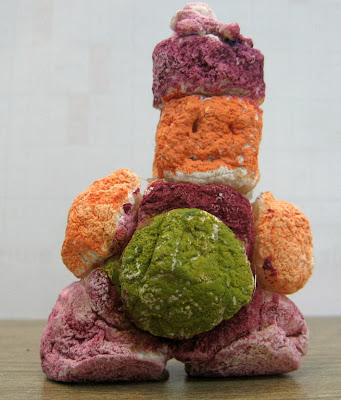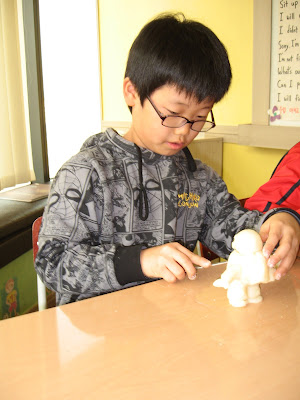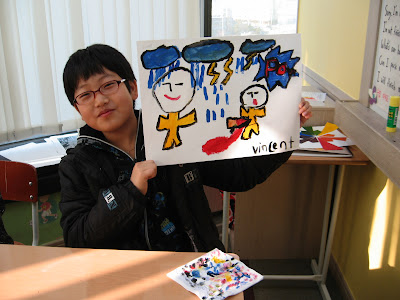In Korea, it is common practice to use English names for students at English academies and in English class at the public schools. Unlike in Russia, where it is a choice of the student who might “Englishize” his or her own name, Kate instead of Katya, for example, the school picks the name.
Usually, the English name has absolutely no relation to their real name. Hye-Lim becomes “Angela.” Su-Bin becomes “Amie.” Occasionally, a student gets lucky and Ji-Oon becomes, “June.”
When I first asked about students having English names, the response was, “Foreigners can’t remember Korean names.”
Um, ok. Way to give us credit.
While, I admit, it might be difficult to do at first, with some effort, any foreigner could learn Korean names. But in an extreme underestimation of the abilities of foreigners, the “easy way out” is given. So, in class, the students use their “English names,” and when you meet a Korean in their twenties who took English, they will introduce themselves with their English name, which is only a first name.
This is all fine and dandy until, as a foreign teacher, you run into something concerning first names and last names.
In English Time, the book series my academy picked out for the foreigner teacher, there is a unit that starts with “What’s your first name?” “What’s your last name?” When I first encountered this, I was unprepared. It was during my first week of classes, when I had absolutely no schedule, so I couldn’t plan my classes.
I stumbled through the lesson.
With role plays, I usually have students change some information, and this one seemed easy. Insert your own name.
The problem I hadn’t anticipated: they only have “first names” in English.
“Teacher, Korean name?!” They asked this in a way that made me feel like they had been threatened NEVER to use their Korean names.
After I thought for two seconds, realized they only had a first name in English, and then said, “Yes, use your Korean name,” a bit of chaos ensued.
The students looked baffled and then, because of the order of their names in Korean, last name first, got even more confused.
I tried to explain group by group, “First name in Korean is last name in the West.”
How confusing is that?!
Finally, it dawned on me.
I wrote my own name on the board, and I got everyone’s attention. Then I said, “Cochrane is my family name. Last name and family name are the same.”
If question marks could appear above heads, they would have.
I repeated, “Cochrane is my family name. My dad is Milton Cochrane. My mom is Debbie Cochrane. My sister is Nichole Cochrane. My brother is Nathan Cochrane … Cochrane is my family name.”
Light bulbs started flickering on.
“In the West we put family names last, so it’s last name. Kimberly is my given name, my first name.”
Overload and the light bulbs went out for most students, but after a bit more work with their Korean names, which they kept trying to tell me their Korean teacher said they couldn’t use, my students finally got it.
Now the question occurs to me, why in the world would a book, made specifically for Korean students, use the words “first name and last name” not “given name and family name or surname” …?
My second encounter with this lesson happened earlier this week, and I was prepared. Before the students even opened their books, we talked about family names.
I had the students tell me their Korean names, and (this is where the story comes full circle) as I attempted to repeat their names with correct pronunciation and intonation, they giggled and insisted I was mispronouncing their names. They had me repeat after them over and over until a classmate asked them to quit, and they shook their heads in disgust.
In the end, it seems English names are preferred by Koreans because they don’t like the way it sounds when a foreigner slaughters their name.






































